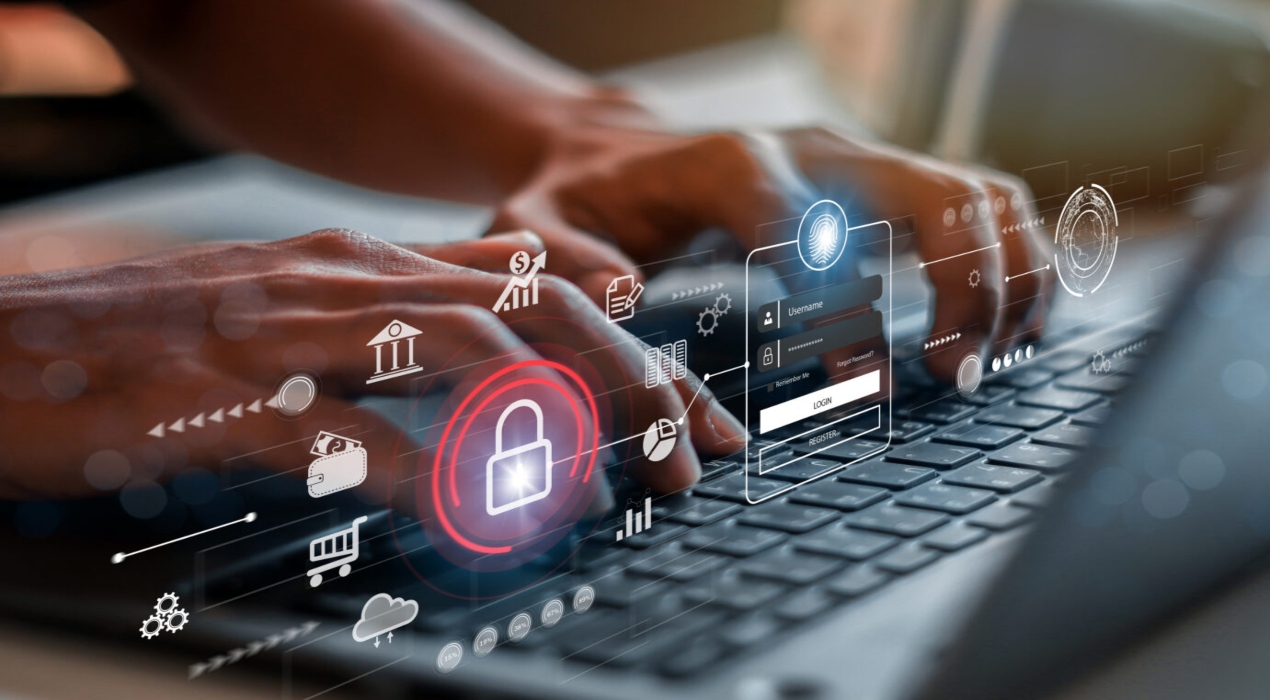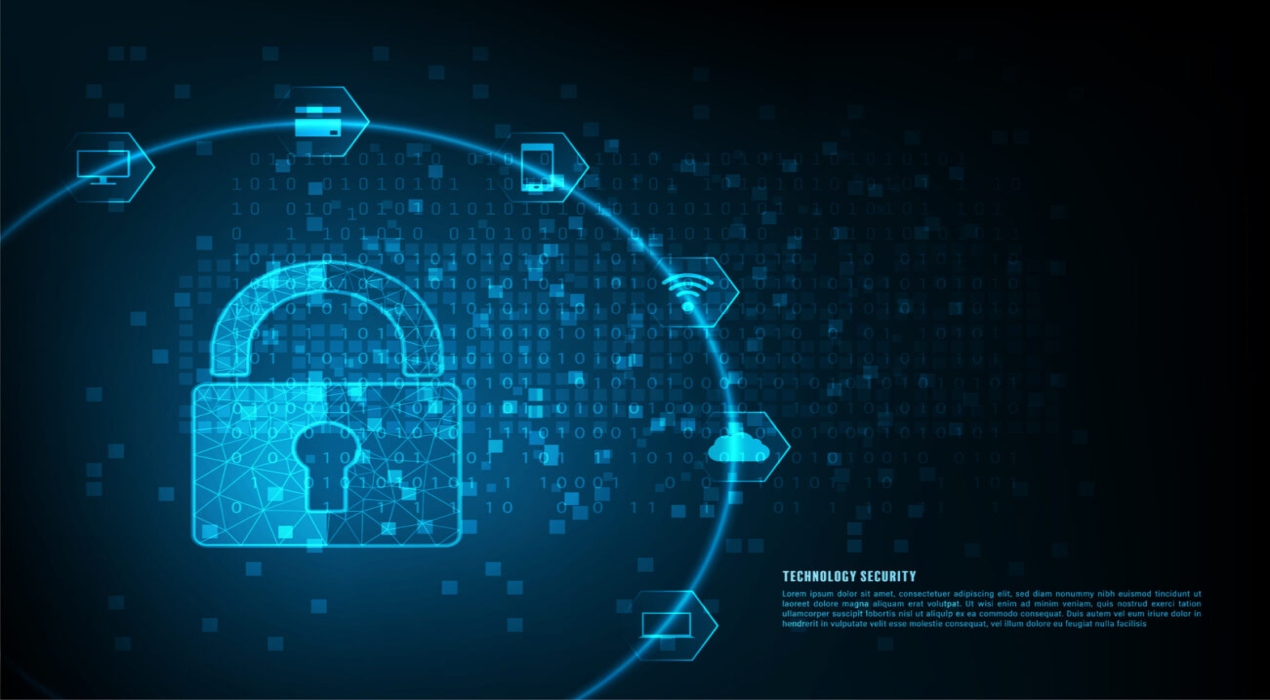
A cryptocurrency is a digital or virtual currency that uses cryptography for security, making it difficult to counterfeit. A defining feature of a cryptocurrency, is the fact that it is not issued by any central authority, rendering it theoretically immune to government interference or manipulation.
In the last 5 years, there has been a high influx of cryptocurrency users. This is due to the many advantages that cryptocurrencies hold. It is seen as an investment potential considering its low barriers to entry, allowing the average Joe to have an accessible and affordable investment vehicle.
It also has high utility and functionality, affording automated processing of micropayments and storing digital assets. It is also secure and easily auditable giving people the security and the reassurance that they need.
However, as the popularity of cryptocurrencies grows, so does their vulnerability to cyberattacks. Cybercriminals are becoming increasingly devious and imperceptible. Although they use classical phishing strategies to wreak havoc on the security of cryptocurrencies, the ordinary victim remains unsuspecting and therefore unprepared.
The Potency of Initial Coin Offering (ICO)
An initial coin offering (ICO) or initial currency offering, is a type of crowdfunding using cryptocurrencies as a means of raising capital. While similar in nature to Initial Public Offerings (IPO), investors do not get an equity stake in the company. Instead, the promise of an ICO is that the coin can be used on a product that will eventually be created. Due to the nature of ICOs, it is susceptible to scams and cyberattacks. Cyber criminals have been known to use ICOs to scam and rob users of cryptocurrencies worth a considerable amount of money.
ICO investors are among the most vulnerable to phishing scams. They are trailed right from when they seek to invest their money in start-ups. Cybercriminals create fake web pages that imitate the sites of official ICO projects. They then try to gain access to contacts so that they can send them a phishing email with the identification number of an e-wallet for investors to send their cryptocurrencies to. The most successful attacks use well-known ICO projects. For example, cybercriminals managed to steal more than $25,000 worth of cryptocurrencies by exploiting the “Switcheo” ICO project, after spreading a link through a fake Twitter account.
An alternative example that illustrates the devious nature of cybercriminals is the “OmaseGo” scam. Cybercriminal created numerous phishing sites for the ICO project OmaseGo and managed to rob investors of more that $1.1m worth of cryptocurrencies. A similar fraudulent scheme was carried out by cybercriminals when they created hundreds of fake sites to collect “investments” for the Telegram ICO.
Cryptocurrency giveaway scams have also been a means of cheating cryptocurrency users. The scammers request that victims invest a small amount of cryptocurrency for prosperous returns in the future. These criminals even hack and use the social media accounts of well-known individuals, such as business magnate Elon Musk and Pavel Durov, the founder of Telegram Messenger. They also create fake accounts and reply to tweets from legitimate users through these fake accounts, making them seem legitimate, thus confusing users. These users eventually get scammed by clicking on replies from these fraudulent accounts.
Cheating Gullible Users out of Millions of Dollars
According to Kaspersky Lab’s estimates, criminals managed to earn more than 21,000 ETH (The Ether cryptocurrency, which uses blockchain generated by the Ethereum platform) or over $10m at the current exchange rate using the above described scamming methods over the past year. This sum excludes the amount cheated out of victims using classic phishing attacks.
Nadezhda Demidova, Lead Web Content Analyst from Kaspersky Lab, opined that cybercriminlas are especially proficient and adaptable in developing resources to achieve the best possible results in cryptocurrency phishing. While these new fraud schemes use simple social engineering methods to make victims out of cryptocurrency investors, they differ from classical phishing methods as they help criminals make millions of dollars, a feat that classical phishing strategies have not yet achieved. The fact that these cybercriminals have managed to make ludicrous amounts of money through their scamming suggests that they know how to exploit the human factor. The human factor remains one of the weakest links when it comes to cybersecurity.
Steps that Users Can Take to Protect Themselves
To protect their cryptocurrencies, Kaspersky Lab researchers advise users to follow the following steps:
- Be cautious of offers that seem too good to be true
- Check official sources for information regarding the free distribution of cryptocurrencies before investing in them.
- Ensure that there are no third-parties involved when it comes to any transactions you make on cryptocurrencies. One way to do this is to view the detailed information about any cryptocurrency transaction to identify if that particular wallet may be dangerous. This can be done through block chain browsers such as etherscan.io or blockchain.info
- Constantly check the hyperlink addresses and data in the browser address bar. It should be “blockchain.info”, not “blackchaen.info” or anything else.
- In order to avoid being accidentally directed to a phishing site, save the address of the e-wallet in a tab and access directly from there.
To learn more about development of crypto currency phishing, read the blogpost on Securelist.com.





















